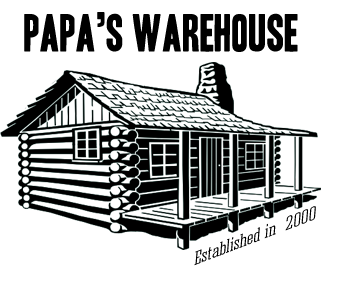Blogs
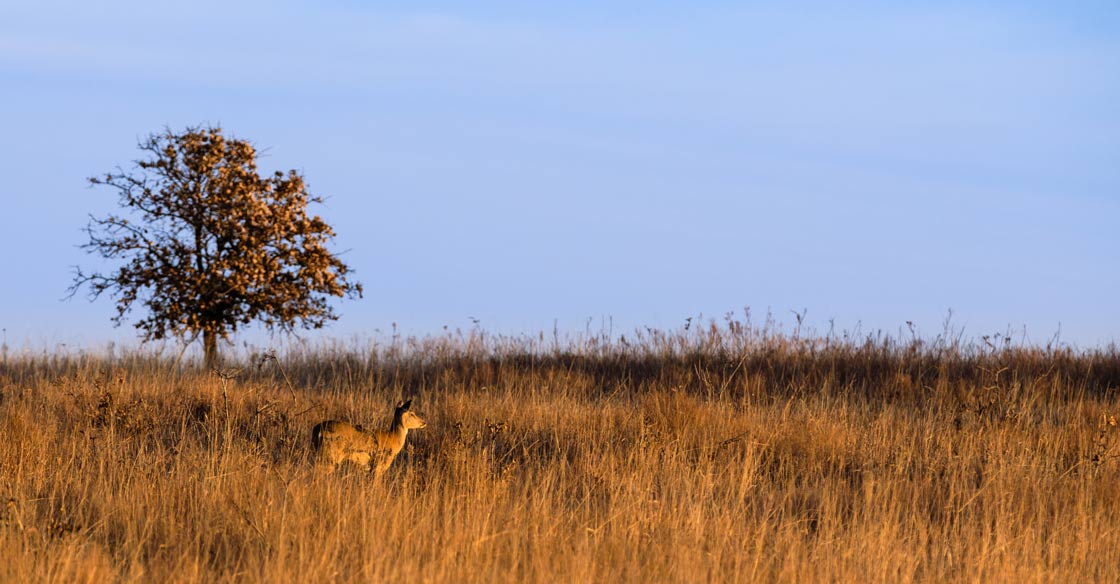
Oklahoma Hunting Seasons - Limits and Regulations 0
About the Oklahoma Hunting Seasons
There’s no better time of year than hunting season in Oklahoma. But before you grab your gear and head out into the wilderness, you better check your dates first. The game you are interested in and the time of year will determine whether it’s legal or not for you to go after it. So read our short guide to the proper information about the different Oklahoma hunting seasons. This way you never have to worry about getting into trouble and can always be proud to show off your trophy catch.
Permits
You will need some of them, especially in certain areas. It really depends on the type of hunting you plan on doing. Before you do anything, head to your local Fish and Wildlife Office and apply online for your permit. There’s a wide range of permits available for whatever kind of game you're trying to catch and all kinds of discounts for students, seniors, veterans and so on.
There is also a combined a hunting and fishing license which is more than worth it so you only have to do your paperwork once a year and assuring you are covered! Not only that, it is cheaper than the individual licenses so you get a discount on both!
Deer and Big Game
If you looking into a bigger catch then you have a pretty narrow window. Essentially for any larger animals that range from deer to bears and even elk, late November is a general time. You can go after antelope in October, but be sure to check explicitly for mountain lions. Both of these months are short months that go by quickly. Remember to learn some tactics so you can succeed in hunting winter buck. In addition, year to year the regulations change so it’s worth calling the local office before you try to tangle with one of them.
The Right Equipment
When you are filing for your permit make sure you check to be sure your gun is licensed. Most rifles purchased within the state should be fine, but be sure to double check. You definitely don’t want to be slapped with a random fine just because you didn't have a muzzleloader or used incorrect ammunition.
Most of the hunting seasons are also during chillier times of the year. Make sure you have the right items to keep you warm. If you want to be able to sit out there and stalk your prey then throw some hand warmers and boot warmers in your bag so you can be prepared for whatever mother nature throws your way!
Getting the Most of Hunting Season
Hunting season is the best time of year. Just remember there isn’t one but many Oklahoma hunting seasons. So check out the Oklahoma hunting regulations, apply for the right permits and get yourself ready for some incredible fun!
- Caroline Mayou
- Tags: Hunter's Corner
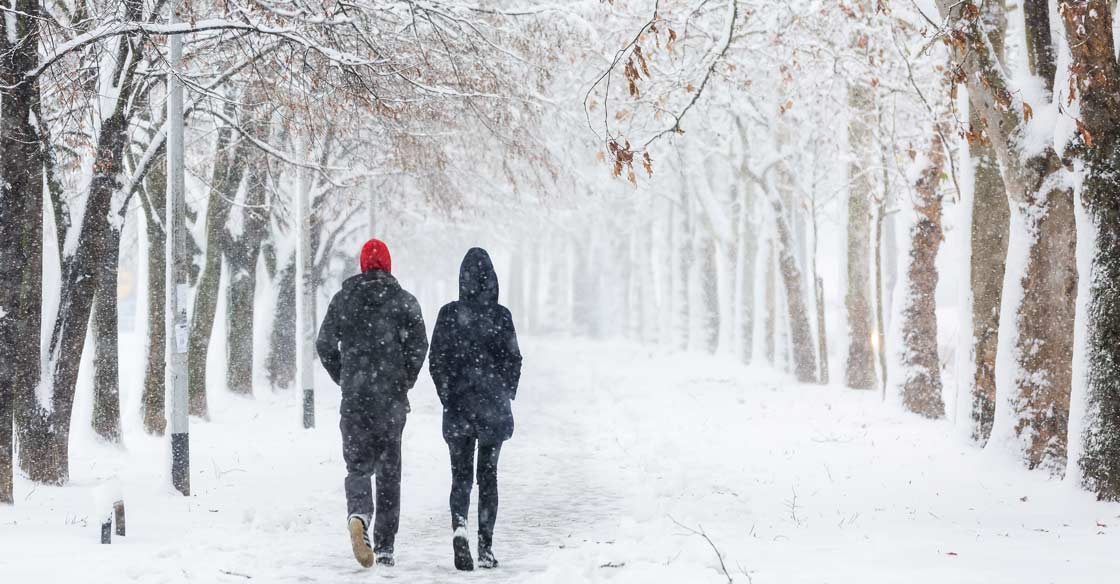
Why are Heat Warmers Beneficial for Everyday Life? 0
Imagine cleaning your lawn in the winter. Awful, right? Routine life is challenging during winters whether it’s for shopping, outdoor activities, work, or the usual chores. Hands and feet are directly exposed to the chilly weather, yet have a lot of work to do. Your winter wardrobe protects you from freezing but doesn’t really keep you warm. That’s when you realize that heat warmers are essential for your body to beat the winter.
Types of Heat Warmers
Heat warmers aren’t just meant for camping gear or other outdoor winter activities. They are designed in various styles to suit your everyday life needs in varying cold temperatures.
1. Hand Warmers: The frustrating part of winters is having to work with freezing hands. You can’t use your phone or manage your keys with your gloves on and without gloves, you can barely feel your hands. The situation would be different if you could tuck your hands in a pocket with hand warmers. Hand warmers can last up to 10 hours, are small, and can easily fit in your pockets to warm your hands.
2. Foot Warmers: Cold feet are the most stressed when you are jogging, walking, or in the car. Chilly feet can be painful, often with a stinging sensation and difficult to warm up. Foot warmers are the perfect and simple solution. They are designed to slide into your boots to keep your feet warm and allow you to move around comfortably. Foot warmers can also be used to revitalize tired, sore feet.
3. Body Warmers: Working outdoors in dipping temperatures can shiver your body’s core, increase the blood pressure, and discomfort your vital organs. Even a short walk from the parking lot to your office can be tedious. Bodywarmers provide continuous warmth and protect your core from sudden chills while also keeping your body insulated. They can also be an ideal addition when layering for winter.
Uses and Benefits of Heat Warmers
- Hand, foot, and body warmers work immediately so you don’t have to wait to feel the warmth.
- They keep you warm for up to 2 hours.
- You can use these warmers to relax your tired feet and ease muscle and joint pains that tend to increase in cold months.
- Bodywarmers can be useful when you are down with a cold. They keep your chest warm, soothe your sinuses, and help loosen congestion.
- Even though these warmers are an addition to your attire, they are neither bulky nor visible so you don’t have to bear extra weight or an unpleasant alteration to your outfit.
- Hand warmers can also be used to soothe frostbites on nose, ears, cheeks, and chin, which are common if you are out in the cold for long. They are perfect for when you are working on a hiking trip plan.
Heat warmers are undoubtedly a practical choice to help you pull through the cold weather when coffee isn’t working and a cozy blanket isn’t an option. This is notably true if you want to flaunt boots and coats that are fashionable but can’t keep you warm in frigid temperatures.
- Caroline Mayou
- Tags: The Outdoor Mom
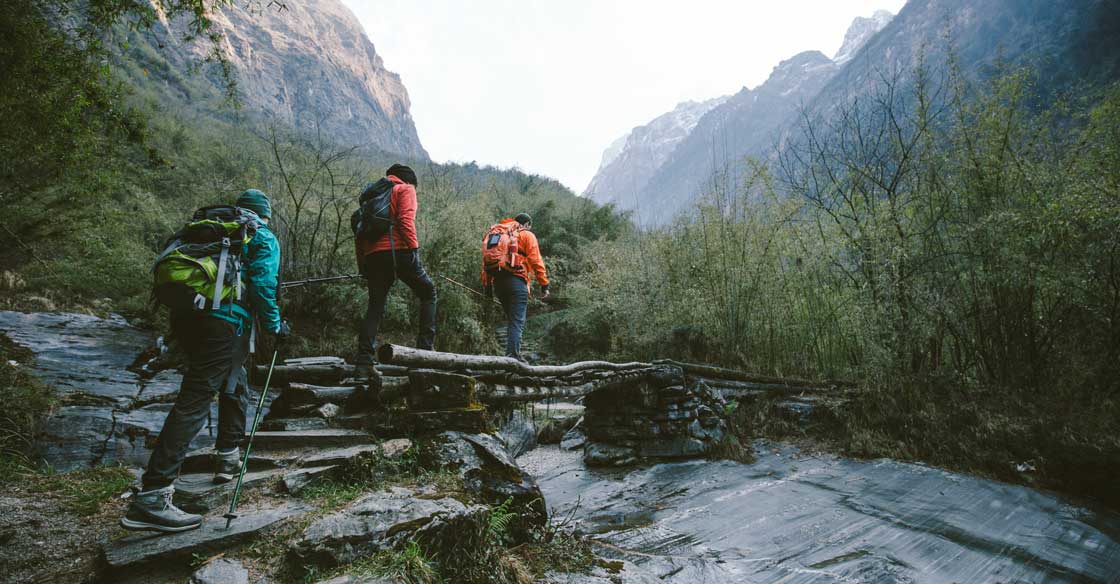
The Ultimate Guide to Planning a Hike — Tips and Equipment 0
A hike can be anything from a short walk on a weekend to a proper adventure spanning over a period of weeks. Planning a hike properly will allow you to make the most of the time you have and help you start training for a bigger endeavor in the future.
Planning a Hike Route
Before you start planning your hike, you need to figure out how you’ll reach the starting point. If you’re revisiting a spot or heading out to somewhere near you, this is easy. However, if you’re hiking to a new place, there are extra considerations. For instance, if you’re not driving, you’ll need to find out how much transport costs and whether you’ll need to pay extra to bring your equipment.
Once you’ve figured all this out, it’s time to start planning a hiking route and look over your hiking gear list. Decide on how much ground you can expect to cover — and be realistic. Many places have several trails of different lengths, meaning you can find one that best suits your needs. Remember to bear in mind the type of terrain — you’ll be able to cover much more ground when the trail is flat than when it’s mountainous.
Researching the Weather
In advance, research the average temperature and weather for the time of year. This will give you time to purchase all the gear you may need. Then, you can check the forecast the day before and take just what is most appropriate.
If the weather is likely to be cold, you’ll need extra provisions. Heat warmers are excellent for keeping you comfortable. Depending on the temperature and whether you’ll be camping, consider if you would benefit from hand, body, or foot warmers when planning a hike. They are especially necessary for the winter cold, however, if you are hiking overnight they will help keep you warm. The large body warmers will protect you from the harsh outdoor weather.
Another thing to keep in mind in mind if you’re camping is the warmth of your sleeping bag. Note that it will become less warm as your trip progresses due to the accumulation of moisture.
Booking Accommodation
When backpacking long-trails, you may need to book accommodation. Even if you plan to sleep wild most nights, you’ll probably want to use the facilities at a campsite on occasion. Plus, those who prefer to sleep in comfort need to research B&Bs when planning a hike. Whatever you’re doing, it’s a good idea to book in advance to ensure that where you want to stay will be open and will have space for you.
Being Flexible
When planning you plan a hike, remember that it may be necessary to adapt your schedule as you go. You must be willing and prepared to be flexible. For instance, you may find that you’re unable to walk as far as you planned or the climate may be more challenging than you expected. It’s particularly important to be flexible when hiking if you’ve never undertaken a similar venture before.
Part of planning a hike involves making a list of all the equipment you need to stay safe and comfortable. Invest in quality gear to make your hike more enjoyable and remember to stay warm, especially during cold weather camping!
- Caroline Mayou
- Tags: The Outdoor Mom
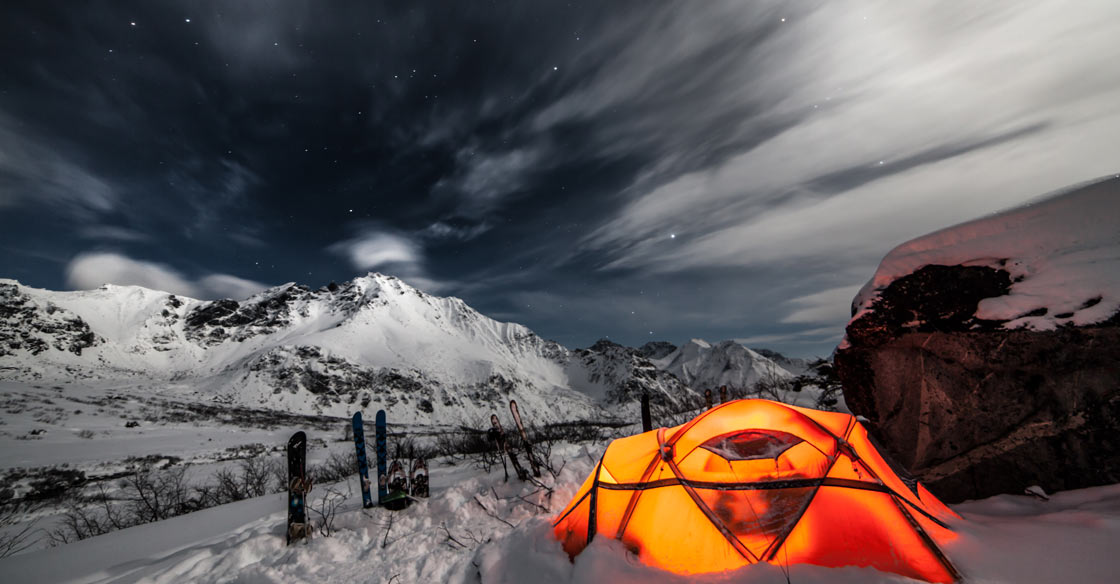
5 Tips on How to Stay Warm During Cold Weather Camping 0
How to Stay Warm while Cold Weather Camping
There is no better way to mix up the winter routine than by going camping. You can hike through the pines and experience the pleasures of the mountains, snow, and a little adventure. That said after a long time in the cold, even the heartiest people can start to shiver. No worries, just follow these easy cold weather camping tips and you’ll be toasty and warm no matter how low the thermometer drops!
1) Understand the Temperature
Forty degrees and fifteen degrees are both examples of cold temperature, but they mean different things. When you are hiking around and carrying a fairly heavy bag, you will naturally warm up, but once you are more relaxed that’s when you will start to feel cold. Make sure your outdoor gear is rated for the right temperature. Check the forecast and plan for cold weather camping accordingly.
2) Heated Gloves
It depends on where you go, but winter is usually associated with snow. It might be quite beautiful, but if you are hiking you are likely to get some in and on your gloves, making you stuck with cold water inside them for possibly days. Instead, get a couple pairs of heated gloves, not only will your fingers be warmer, but the gloves will dry faster as well.
3) Warm Toes
The secret to being warm during cold weather camping is keeping your extremities warm. What happens generally is that people are wearing enough clothes in the center, but their gloves and shoes are not waterproof and not insulated enough against the weather. Improve your comfort and stay warmer by going for heated footbeds as wells as socks. Not only will your toes feel warmer, but so will the rest of you too!
4) Eat Late
The usual advice is the opposite. At home, we are told to not eat unless it is more than two hours before bed. But your body needs extra fuel to be able to prepare you for the cold. It can be difficult to eat healthy while camping. A hot, fatty meal that is packed with carbohydrates and proteins is just what you need and it will be like you have your own internal furnaces.
5) More Layers Outside
Most of us know about layering basics in the cold. It helps keeps us warm and gives us the flexibility to have enough clothing for sedentary activities like having a snack or taking one off while you are climbing. But adding extra layers to your outside is how you deal with the real cold.
One of those thin metallic survival blankets is great to wrap around your sleeping back. Likewise, anything you can add outside your tent will make it warmer on the inside.
Stay Warm, Stay Dry
Nothing beats the exhilarating thrill of cold weather camping. It is a great opportunity to get out of doors and enjoy the world around you. Just be sure to follow the easy tips and you’ll be warm enough to even camp all winter!
- Caroline Mayou
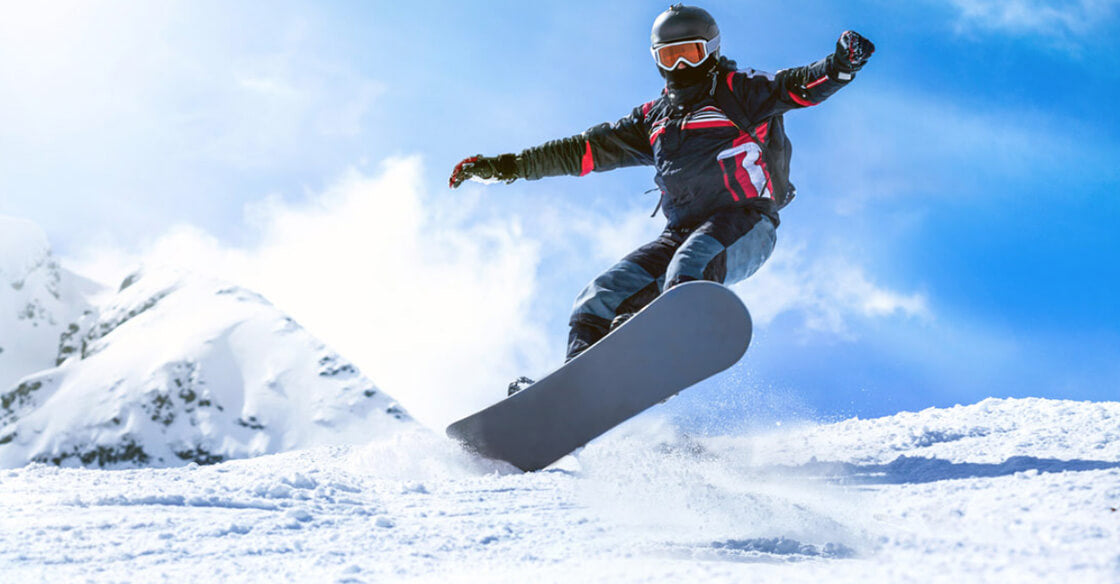
The Top 5 Ultimate Cold Weather Hacks for Snowboarding 0
Cold Weather Hacks for the Best Snowboarding
There’s no better way to enjoy winter than by hitting the slopes and shredding across the snow. The only problem is that snow is often accompanied by a touch of cold weather and most of us aren’t used to spending the entire day out in it. Layering basics are common knowledge when it comes to winter weather. If you are looking to stay warm, while still keeping flexible enough to twist and turn down the mountain consider these top five insider snowboarding cold weather hacks.
1) Thin Socks
Our general logic is that the more clothes, we put on the warmer we will be. That’s why we layer up with long-sleeve t-shirts, sweaters, jackets, and scarves. The same logic doesn’t quite apply to your feet. Your blood needs to circulate for your feet to keep warm.
If you put on an extra pair of socks and your feet are already in tight boots, it will just make you colder. Wear thin, athletic socks. Your feet will not only be warmer, but more comfortable too!
2) Keep Your Battery Alive
Getting on top of a mountain is a great photo opportunity. How can you even think to pass it up? The problem is that cold weather and phone batteries don’t mix well. On top of that, mountains tend to not have the best phone coverage and between the cold and the constant searching for signal, your phone will be dead within just a short amount of time.
Keep your phone in an internal pocket, closer to your body so it stays warm (and also more padded) and put it on an airplane mode. You can always check your messages when you are at the foot of the mountain and you’ll be guaranteed to have at least 90% batter by the end of the day.
3) Stay Hydrated
It’s easy to remember to drink water when we are hot and sweaty, but it can be easy to forget when we are in sub-zero temperatures and we are surrounded by frozen water (aka snow). But the sun can reflect pretty brightly off the surface and between that and all the exercise, you can get dehydrated pretty quickly.
Stay hydrated in the cold by making sure you drink some water every couple runs down the mountain. You’ll have more energy and be less sore at the end of the day.
4) Warmers
Warmers are your best friend. It’s like having your own personal fireplace. What’s great is nowadays they come in a wide variety of options. For example, there are seven-hour feet warmers that can make sure your toes never get chilly even if you’ve been on the slopes the entire day! There is also body warmers, hand warmers, and heated headgear.
5) Wax it Up
We all want to glide through the snow, but after a few runs down the hill, snow and other debris can start piling up and make things sticky. Learning how to wax a board is simple and one of the first things you should do when wanting to snowboard. Throwing a few bars of wax in your gear bag and keeping one in your jacket pocket is an easy fix to this. Not only that, it gives you something to do while you wait for the ski lift!
Embrace the Cold
Not many people enjoy winter. The only good thing that comes out of it is the ability to go snowboarding. So follow these greats tips, don’t forget your warmers, and you’ll be sure to have the best day imaginable on the slopes!
- Caroline Mayou
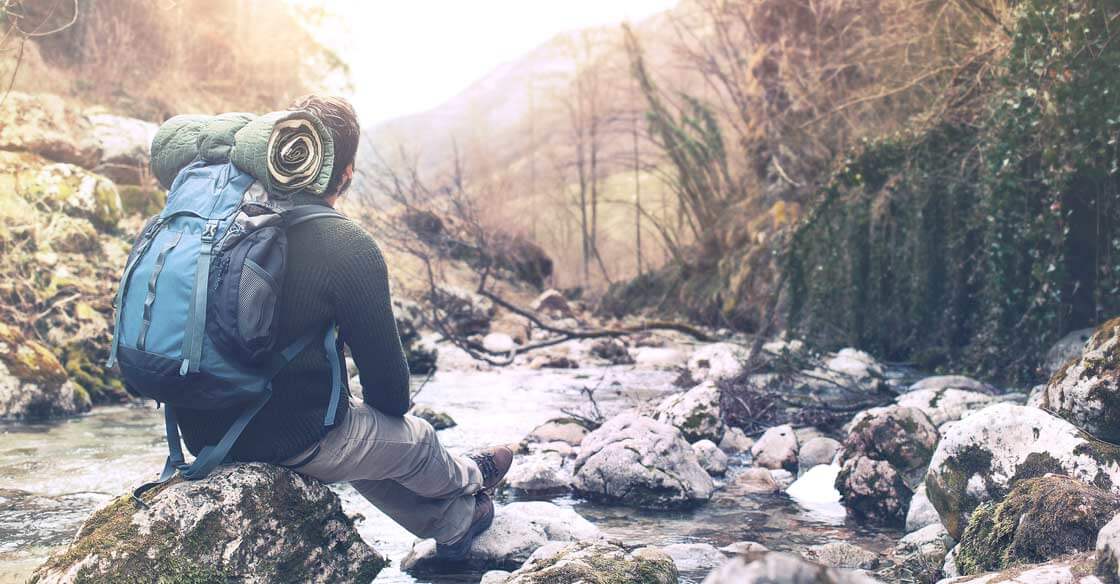
Top Camping Gear for the Outdoorsman 0
Finding the Perfect Camping Gear
It’s cold outside so let’s spare a thought for our outdoorsman in the woods somewhere with mountains of snow around. The National Park rule is ‘leave no trace’ so we’ll bypass the inflatable couch and deluxe camping cookware set. In order to make the trip enjoyable and fun, we suggest during your stay to be prepared. First, we have to keep our person warm and we are going to start with boots.
Our All-Time Favorite Outdoorsman Camping Gear
You can have the fanciest pair of boots but still get blisters from the outside cold. Folks with regular jobs don’t have feet tanned like an Apache warrior. They need heated wader socks and heated insoles so they never get frozen toes from cheap camping gear.
Next up, they are going to need a warm down jacket with a water repellent exterior, so they don’t feel left out in the cold while they’re hiking into the wood cabin. Hint: Choose camping accessories in bright colors so rescue finds them easily. Just in case, because you never know.
Their hands are going to take a hammering too, since only the foolhardy hike with their hands in pockets. They need their hands-free to use a hiking pole while they swat away persistent insects. Papa’s Warehouse sells the best warmer wearables. Check out their camping gear solutions here.
Okay, so we got the basics. What’s up next on the camping gear shopping list? Well, with all those zippers, one is bound to get stuck. Working a half-frozen zipper loose in mittens could cause them to use some colorful words you may not like. So play it with safe by adding a reliable folding multi-tool to their camping gear. Hint: Lube the joints lightly with machine oil so the tools open easier.
The best toolkit in the world won’t help much when you’re lost in the wild and can’t figure your way back to the campsite. Add a compact GPS locator to their camping gear. Hint: Put it right next to a nip of brandy in a lightweight aluminum flask so they know where to find it when they need it.
A compact notebook in a waterproof zipper with two pens inside is an essential accessory for any outdoorsman so they can note where they hiked and add it to their Facebook. Leave a note on the front cover telling how much you appreciate them. You might even get an answer when they return!
Finally, don’t forget to include a fire starter and a water purifier for your camping gear gift. That just about completes our list of top camping gear for the outdoorsman. But wait, before you go we have one more suggestion left. If you’re lost for ideas, how about visiting our Hunter’s Corner to discover what life is like in the real outdoors. Browse a little longer and you are bound to stumble over something just right for your camping gear.
- Caroline Mayou
